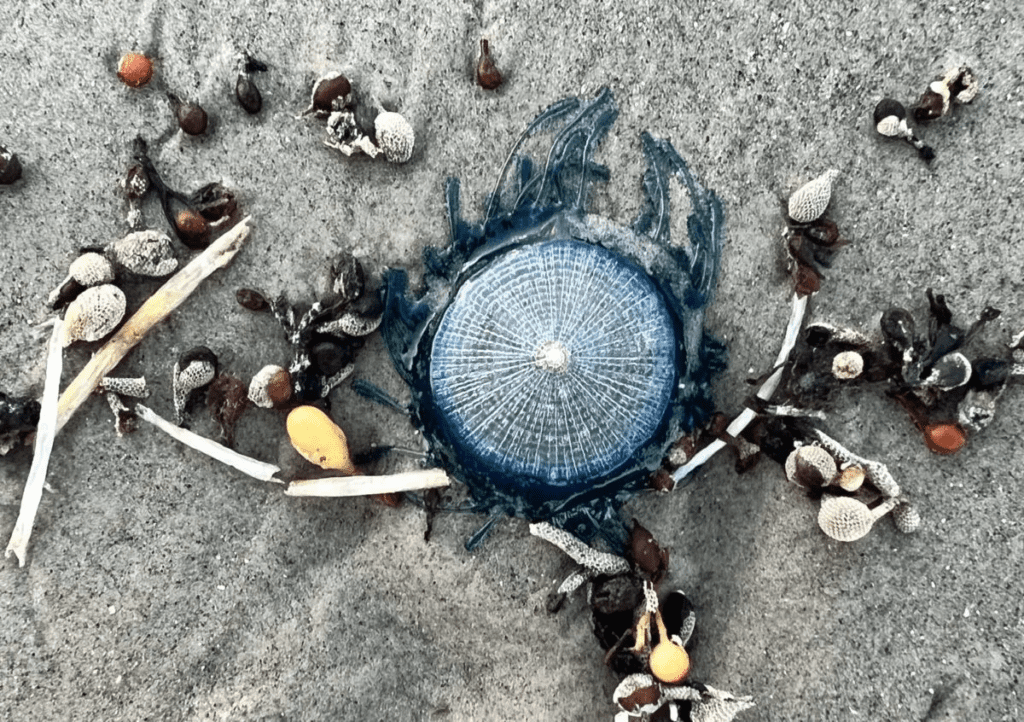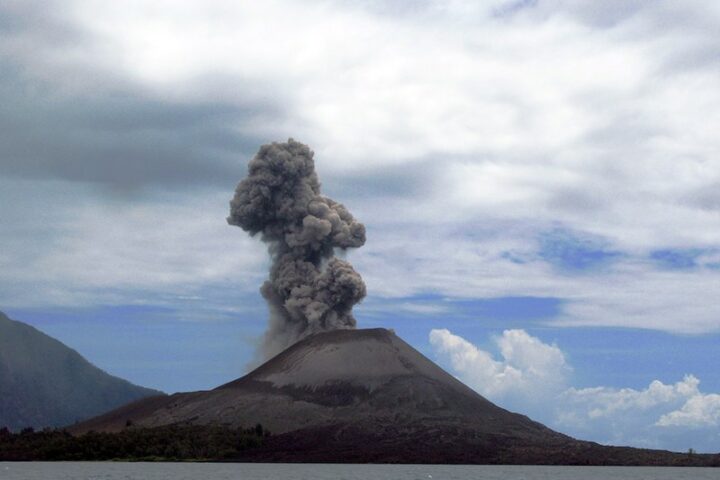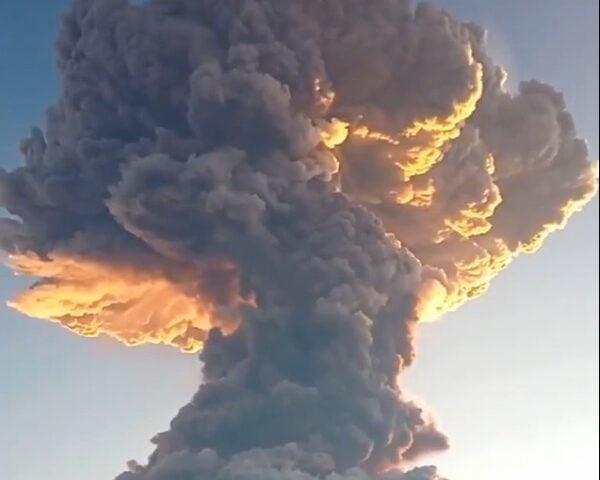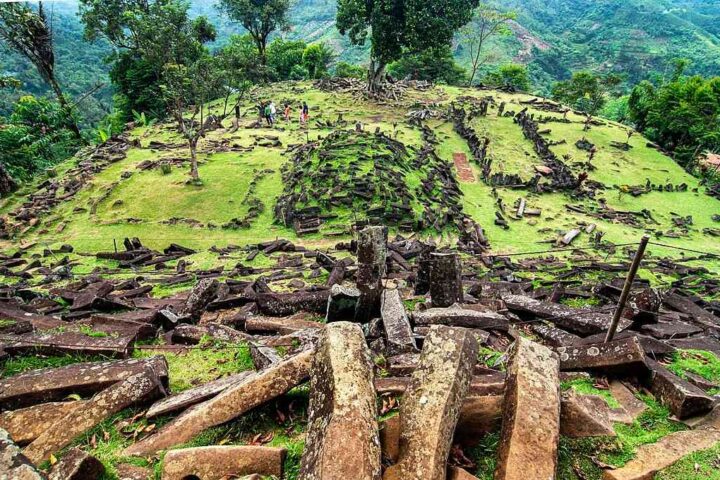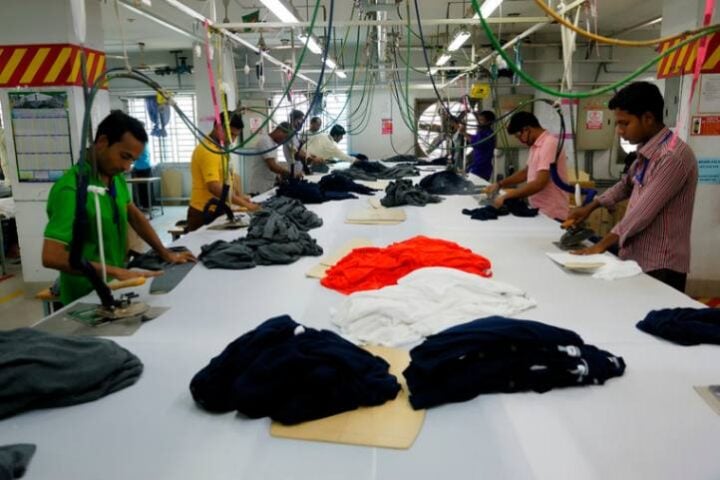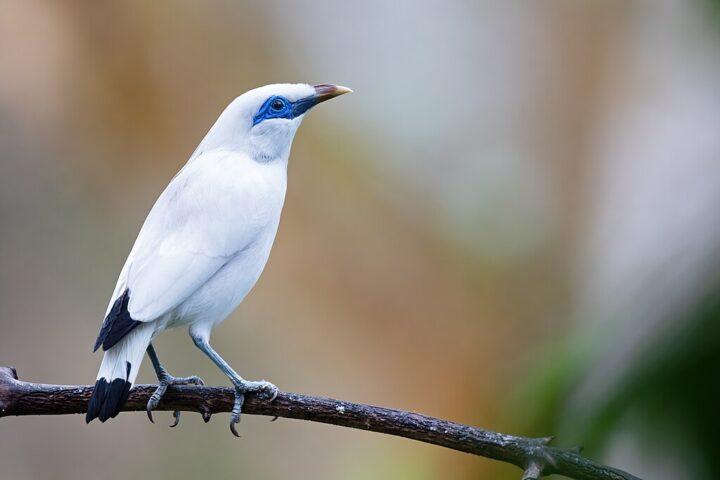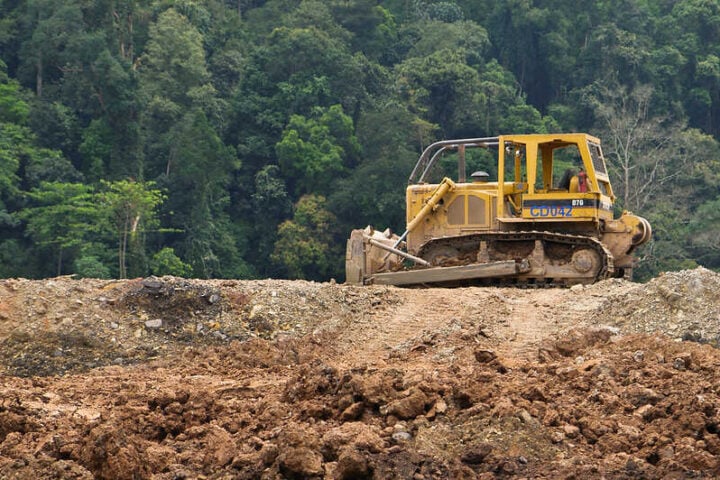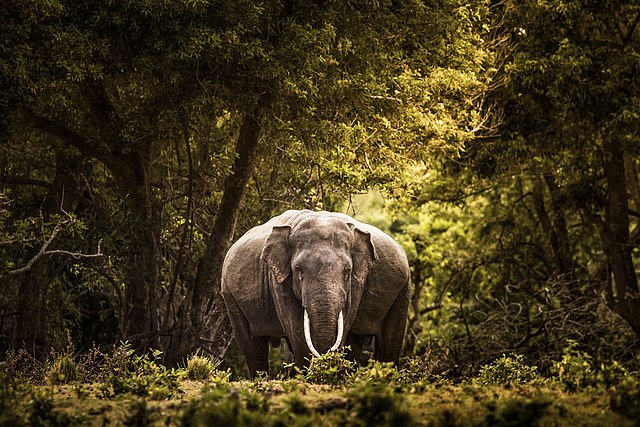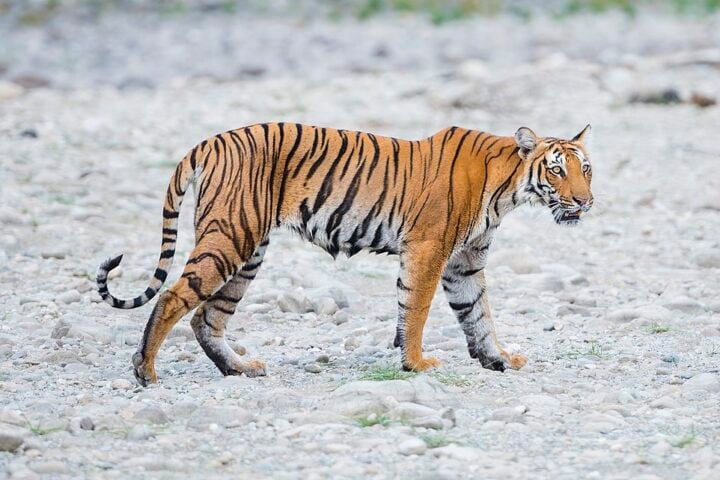A unique plant species called Pananga subterranea, which is the only known member of the palm family to flower and fruit almost entirely underground, has been discovered by researchers at the Royal Botanic Garden (RBG) in Kew. Highlighting the significance of the discovery, the findings of the groundbreaking study were published in the Journal Palms.
Native and well-known to locals, Pinanga subterranea was found on the tropical island of Borneo in Southeast Asia. Bearing a bright red fruit, the plant is said to be sweet and juicy. Some of the people on the island consume it.
Despite the presence of around 300 palm species in Borneo, this remarkable plant has been overlooked by scientists for years. Across the primary rainforests of western Borneo, the plant can be found. It is also scattered across the borders of Malaysia’s Sarawak and Indonesia’s Kalimantan.
A Malayasian colleague, Dr. Paul Chai, played a crucial role in bringing attention to this new species and alerting researchers to its existence. The unique characteristics of the plant’s underground flowering, known as geoflory, and underground fruiting, known as geocarpy, make it a rare and fascinating case.
Posing intriguing questions for researchers since the Pinanga genus is typically pollinated by insects and cannot easily move below ground, Pinanga subterranea exhibits a dual instance of geocarpy and geoflory. The plant has successfully produced seeds and fruits, indicating the existence of an unknown pollination mechanism.
A senior research leader at Tree of Life at RBG, Kew, expressed his amazement at the ongoing surprises that palm plants continue to reveal. Several questions are raised by the discovery of Pinanga subterranea, such as the identity of the pollinator, how the pollinator finds the underground flowers, and the evolutionary origins of this unique phenomenon.
Similar Post
Joining the existing knowledge of over 2,500 palm species, Pinanga subterranea also represents a distinctive case among the 171 species across 89 genera and 33 plant families known to flower and fruit underground. The importance of collaboration with indigenous communities is highlighted by the scientific description of this new species, as they possess valuable knowledge about the local landscape and forests.
A Future Leader Fellow at B.G. Kew, Dr. Benedictine Kuhnhauser, expressed gratitude for the tip-off from Dr. Paul Chai, emphasizing how easily this extraordinary plant could have been mistaken for a regular palm seedling. Representing an incredibly rare example of geoflory within the entire palm family, the discovery of Pinanga subterranea is a once-in-a-lifetime event.
An Indonesian researcher and lead author of the study, Agust Randi, encountered the plant in 2017 and observed the impact of wild boars on its underground fruit. Revealing the fruit that had been hidden underground, the stems of the plant were dug up by wild boars.
The feces of the wild boars contained seeds from the plant, further indicating the role of these animals in its disposal. The discovery of Pinanga subterranea highlights the challenges of identifying unique plant species, as it initially appeared as a juvenile plant among other common palms in the Borneo rainforest.
In order to confirm the novelty of Pinanga subterranean and distinguish it from the vast number of palm species in the Pinanga genus, meticulous study and comparison with other species were required. Already known as a center of palm species richness, Pinanga subterranea adds to the diversity of palm species in Borneo.
The importance of conducting thorough botanical surveys and recognizing the significance of seemingly ordinary plants is emphasized by the presence of Pinanga subterranea, previously unnoticed by scientists. As the majority of angiosperms have evolved to develop their flowers and fruits above ground, this unique plant challenges the conventional understanding of flowering plants. The ability of Pinanga subterranea to carry out its reproductive processes underground showcases the incredible diversity and adaptability of plant life.
Further scientific inquiry into the pollination mechanisms and evolutionary history of plants is sparked by the discovery of this underground flowering and fruiting plant. The global significance of plant diversity and the importance of sharing knowledge and expertise are highlighted by the research team’s collaboration across international borders.
The existence of Pinanga subterranea adds to the growing body of evidence suggesting that there are still numerous undiscovered plant species waiting to be found, particularly in remote and ecologically rich regions like Borneo. It is crucial for maintaining the overall health and stability of ecosystems by understanding and conserving unique plant species like Pinanga subterranea.
Emphasizing the importance of conservation actions to ensure their survival, Pinanga subterranea joins the list of palm species that may be threatened with extinction. Valuable insights into the complexities of natural ecosystems and the wonders of the natural world are provided by exploring the fascinating adaptations and characteristics of plants like Pinanga subterranea.

